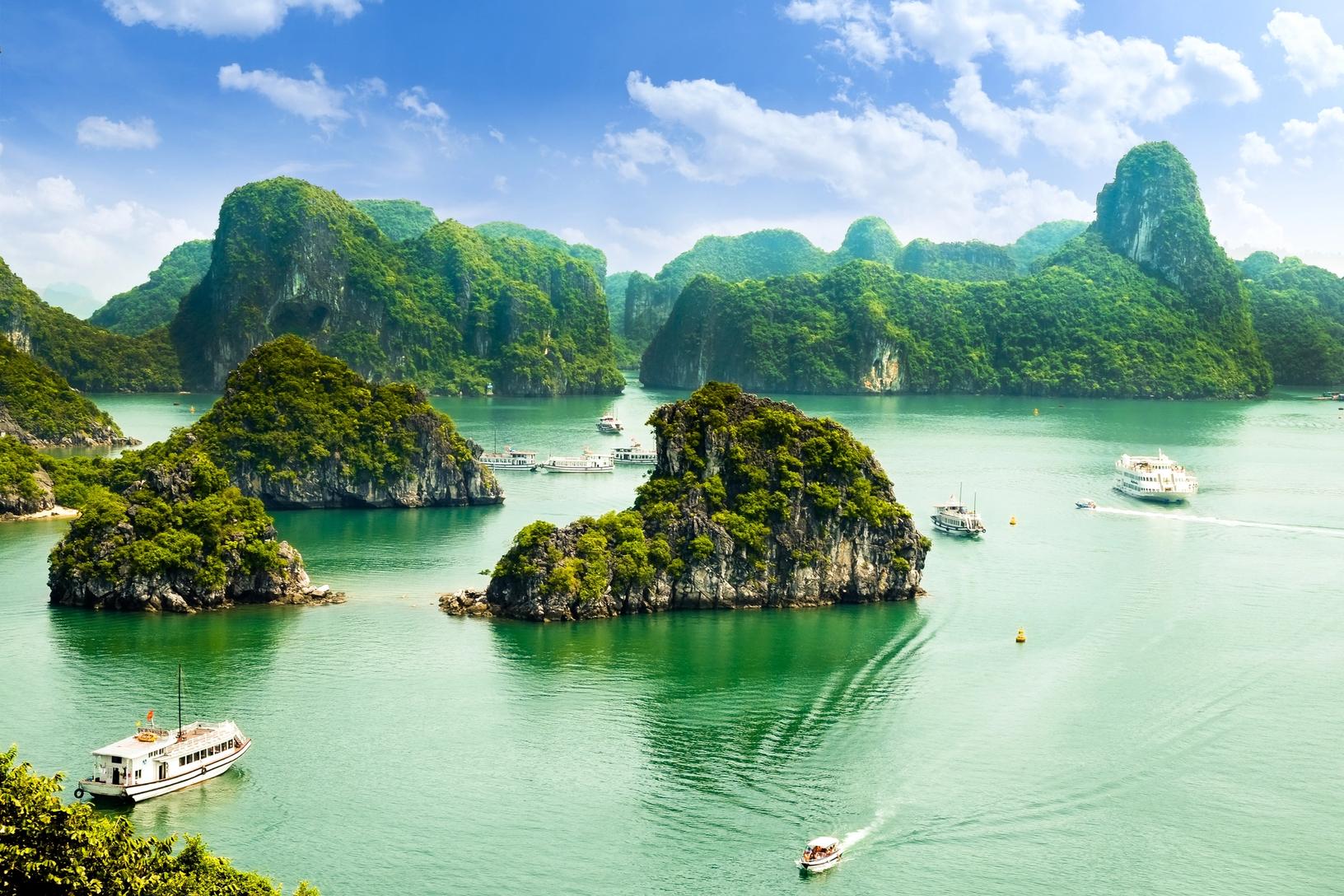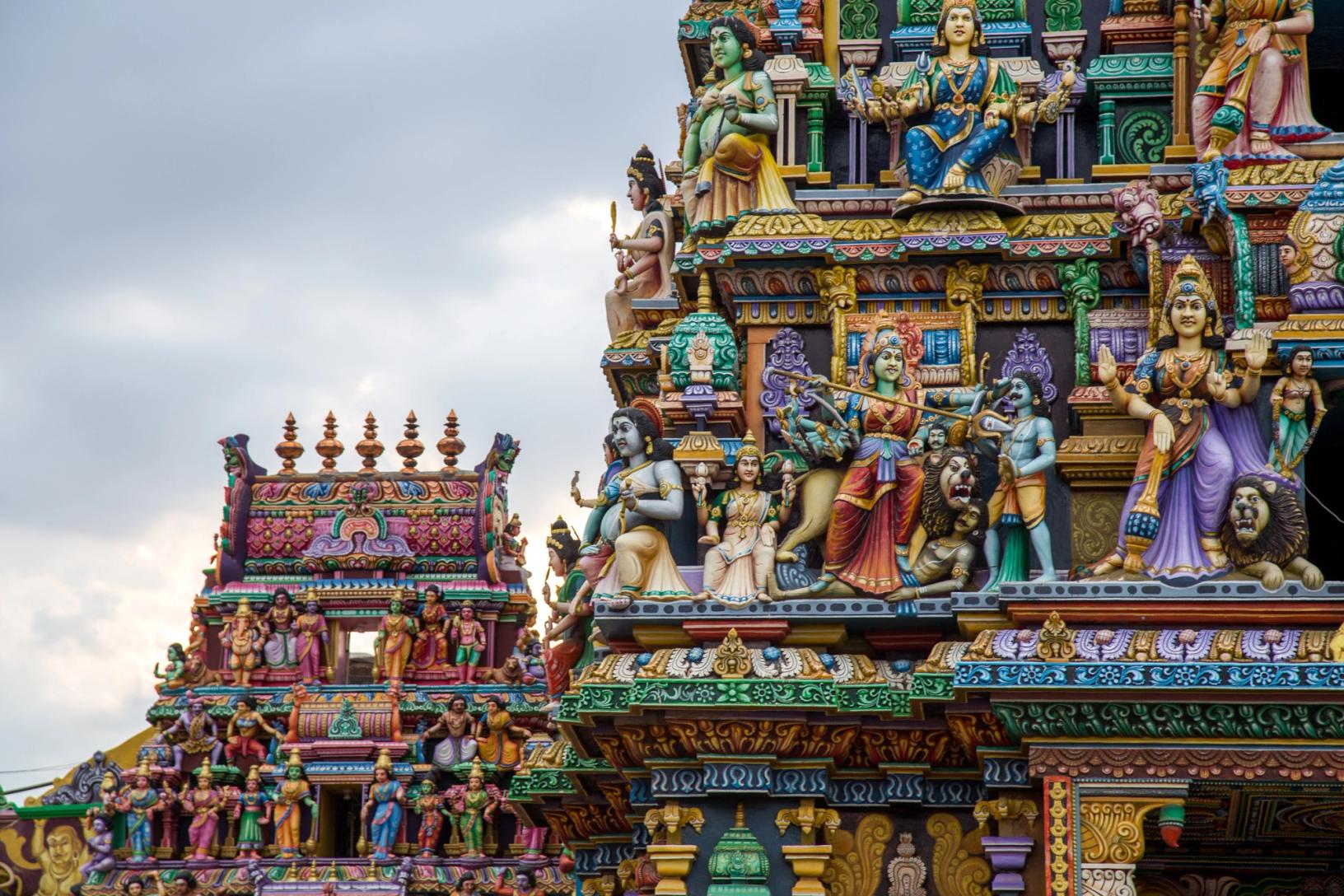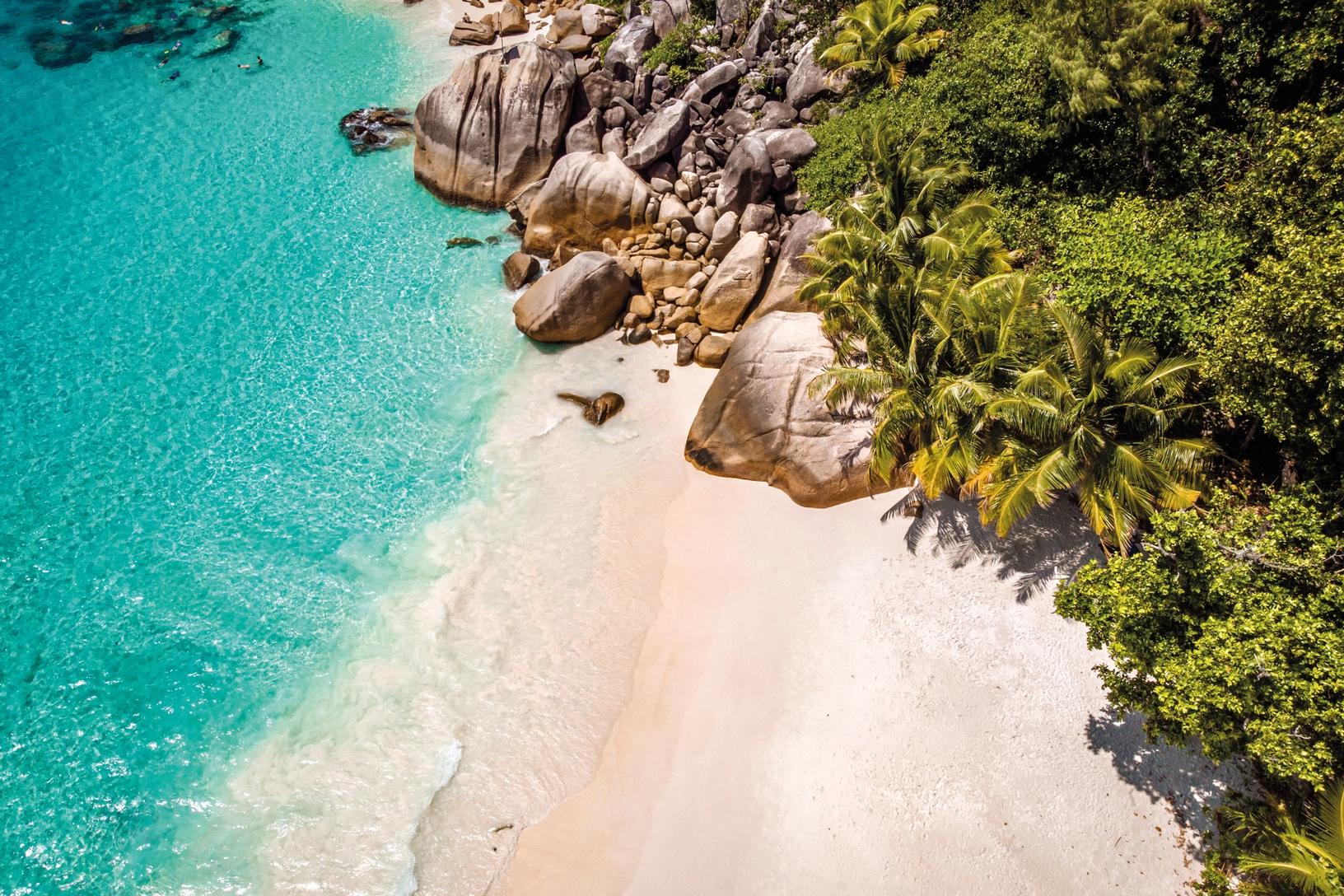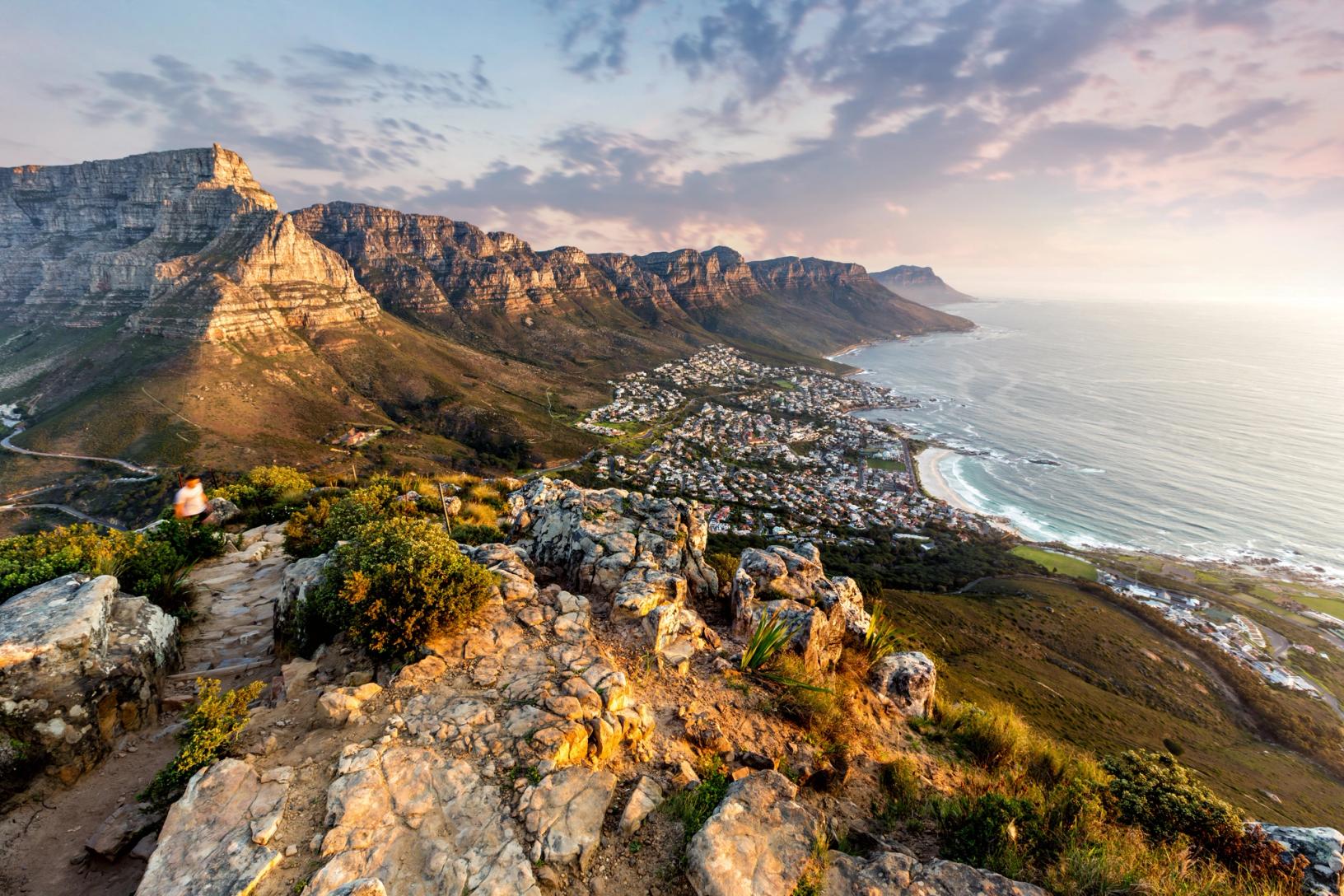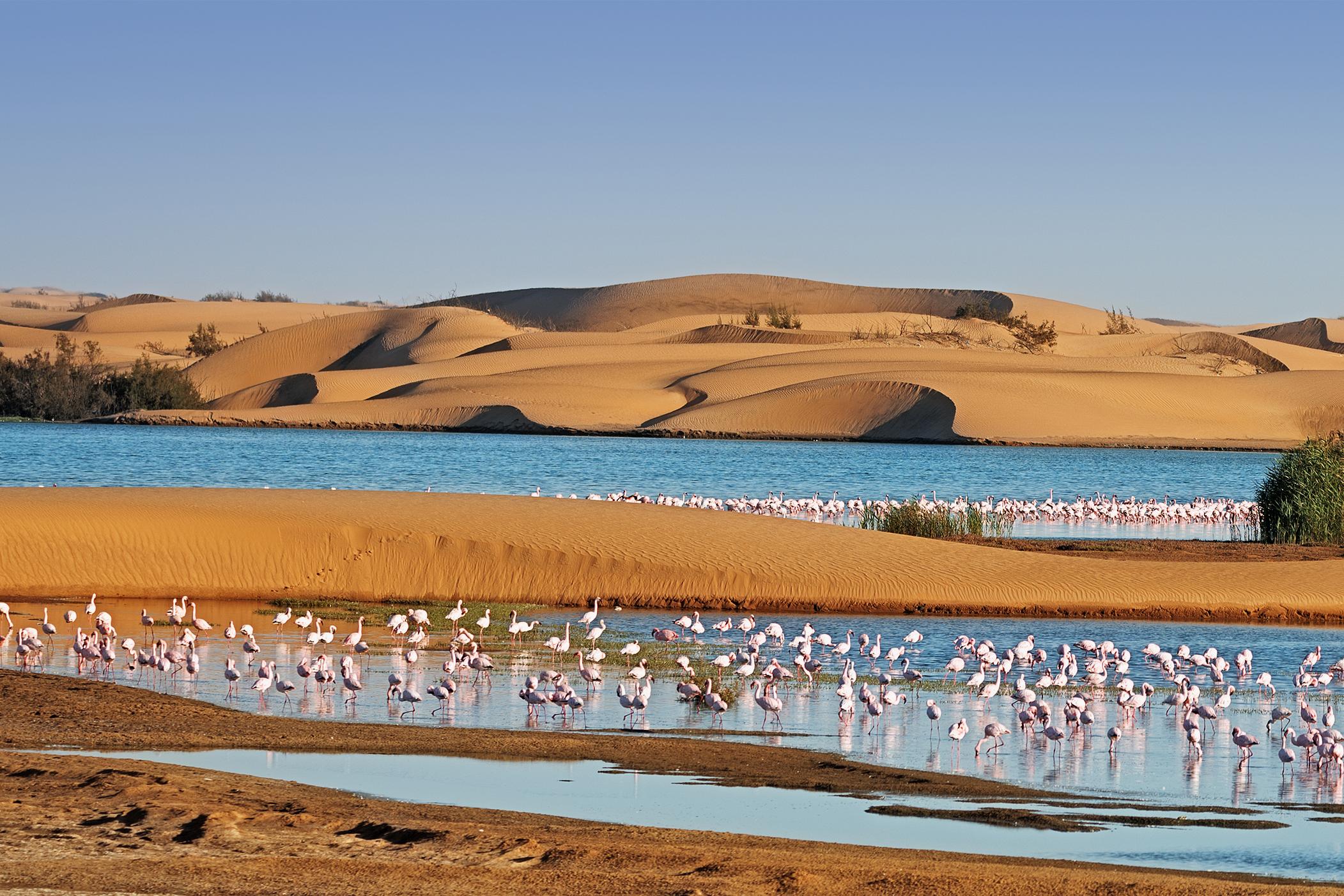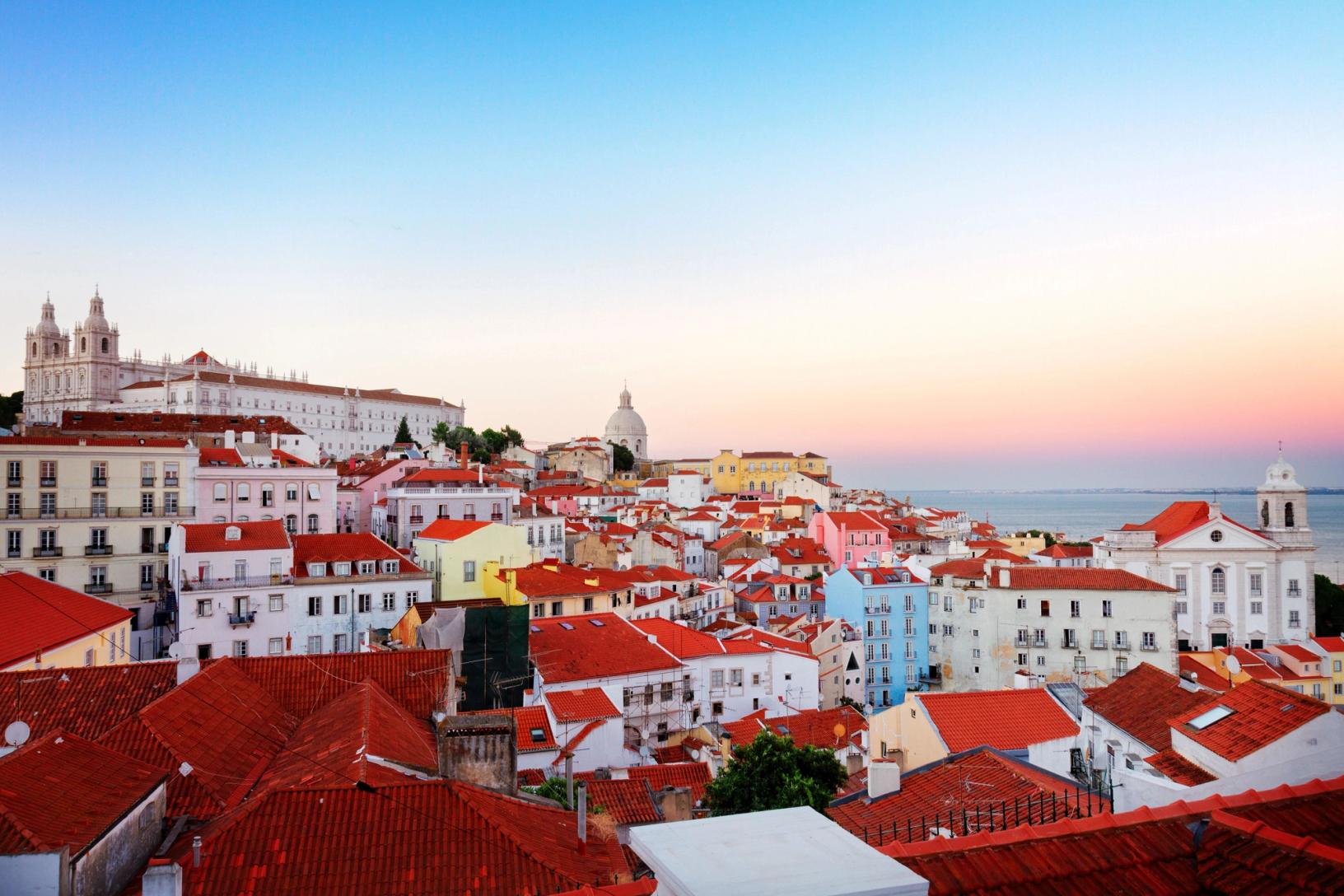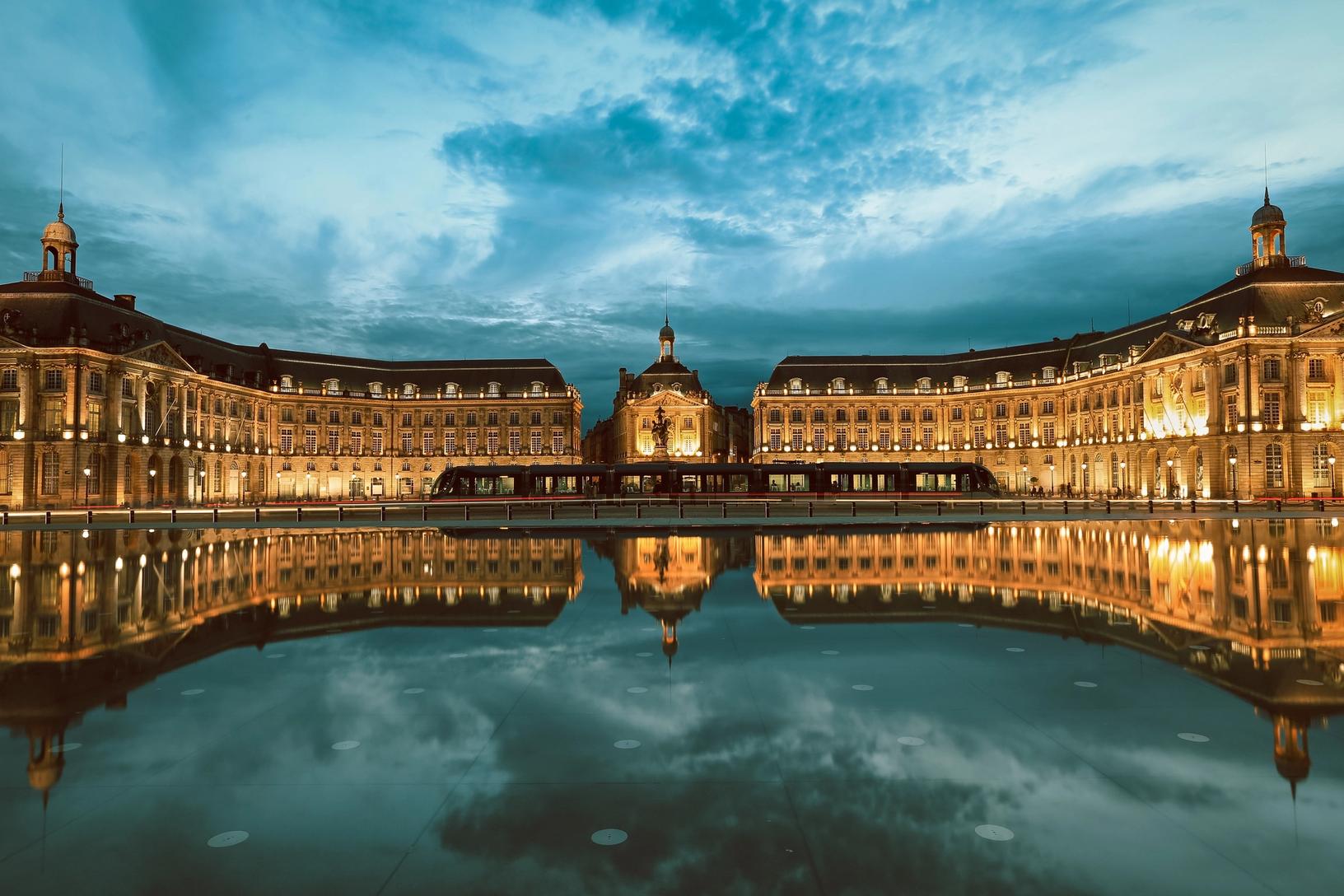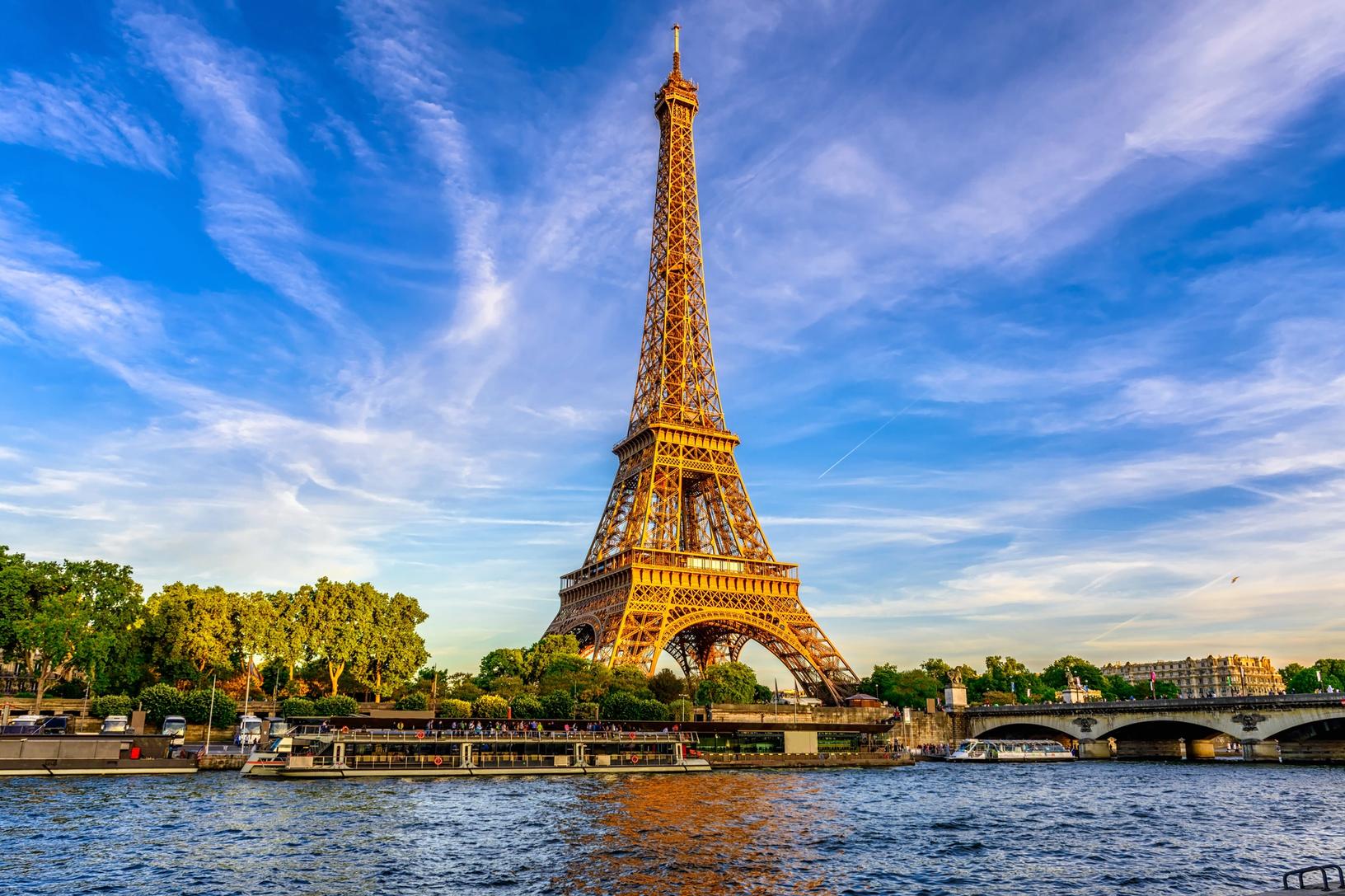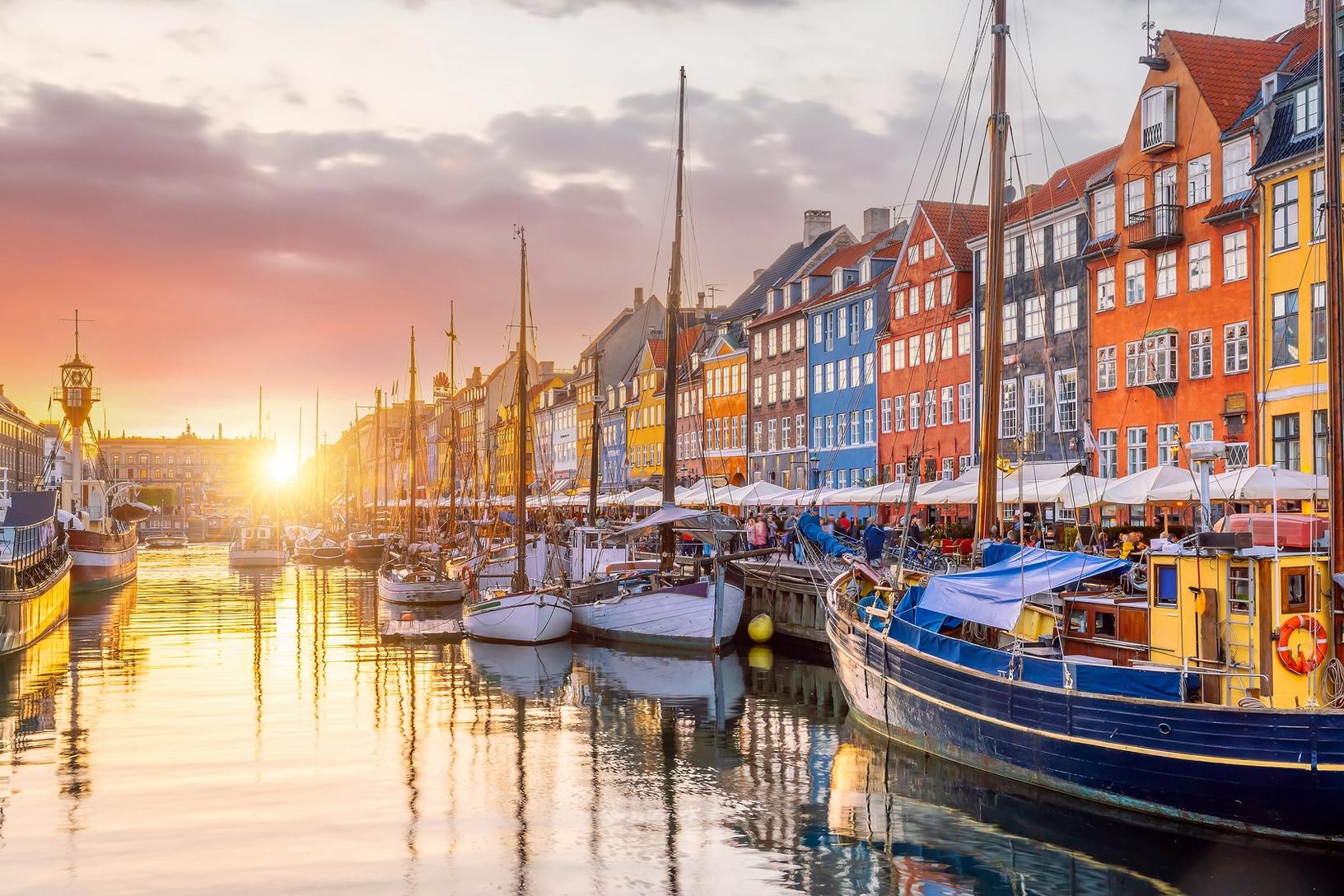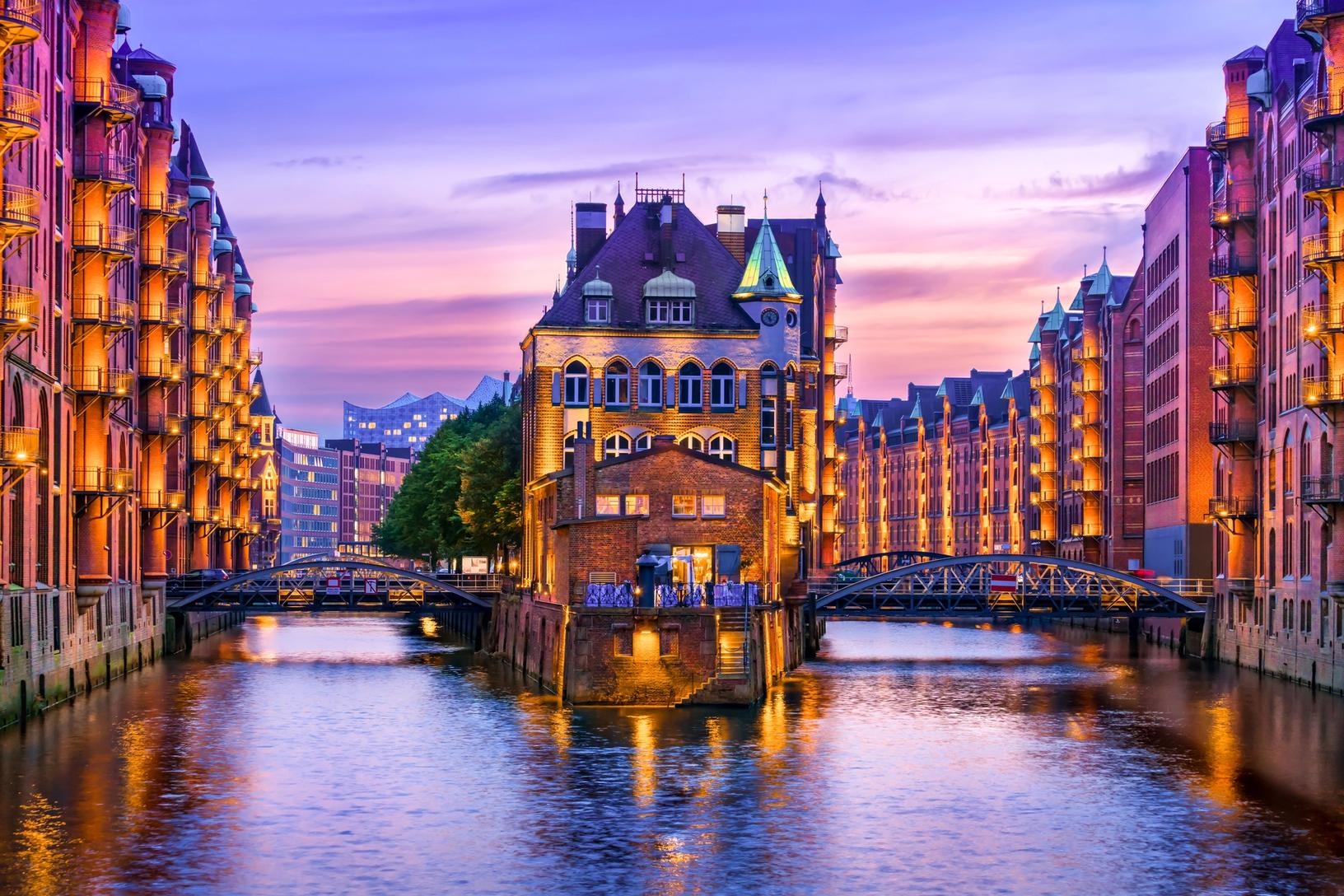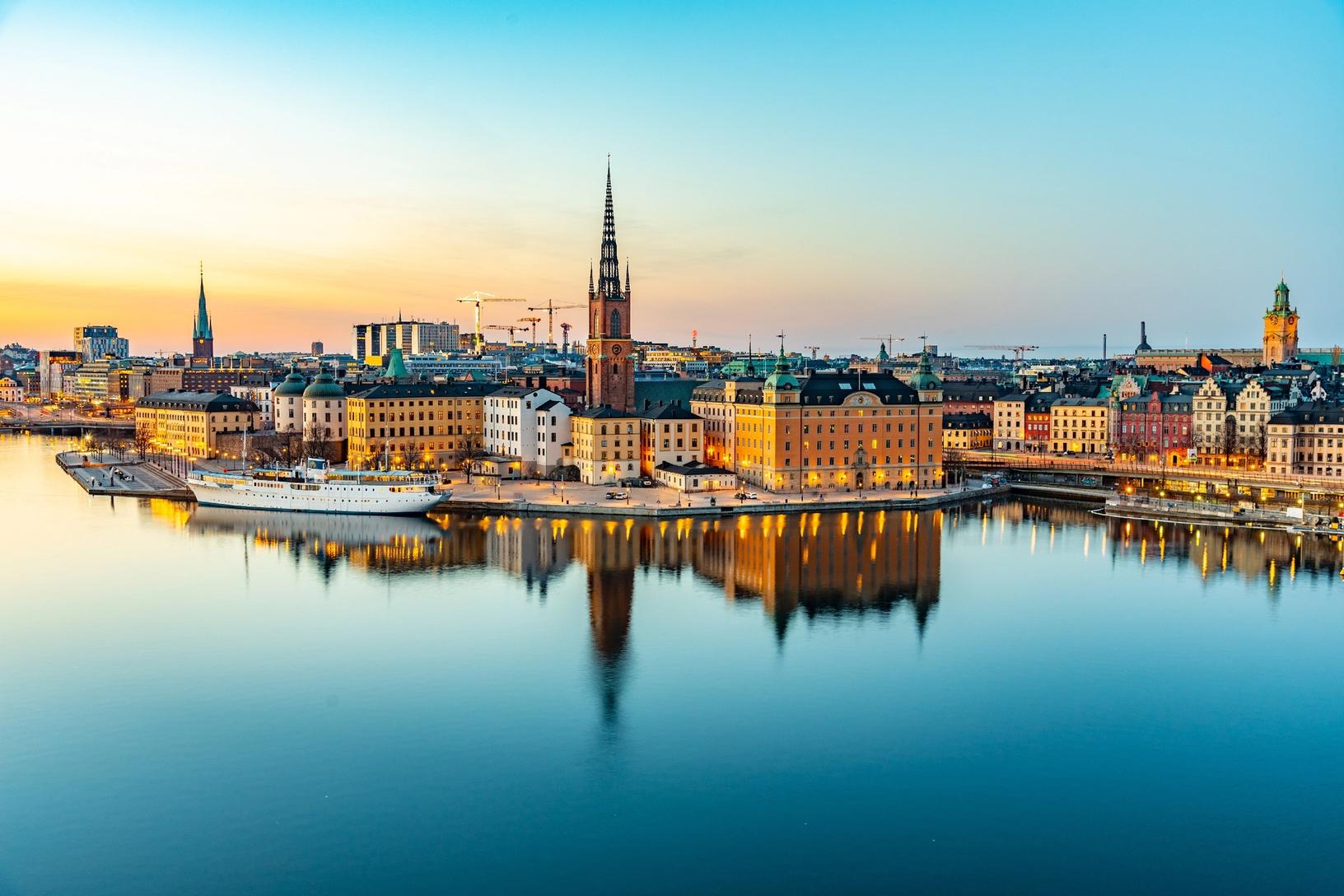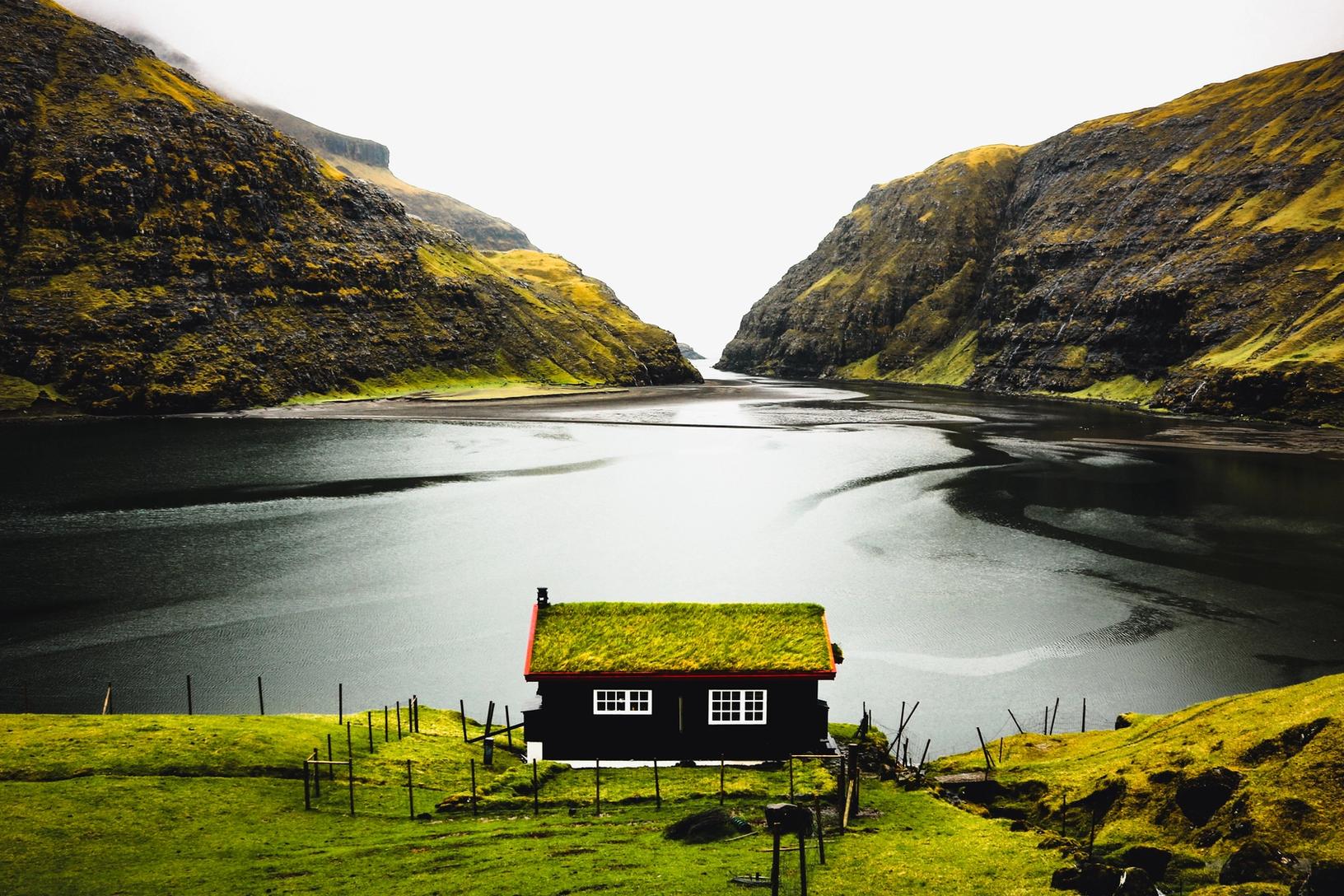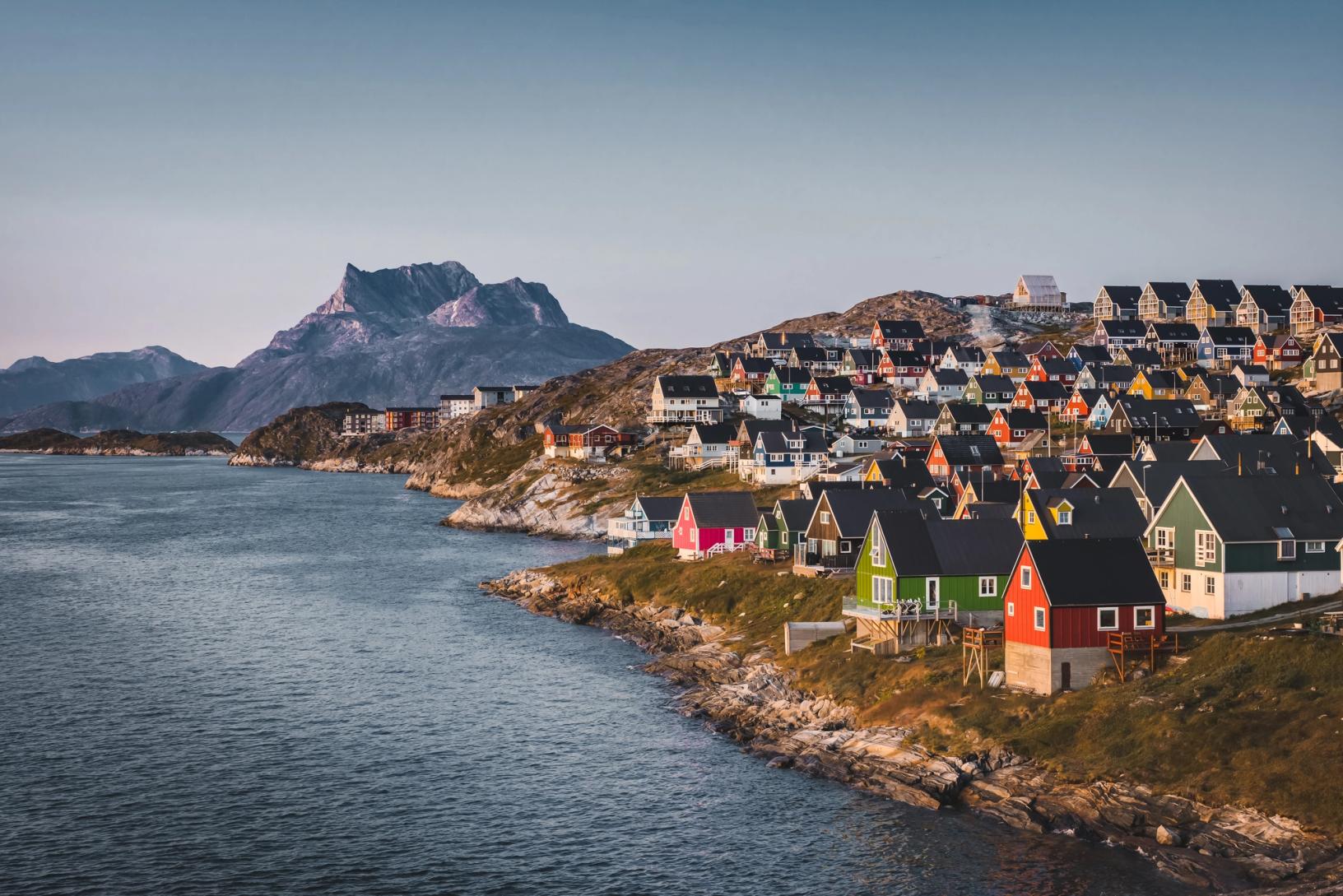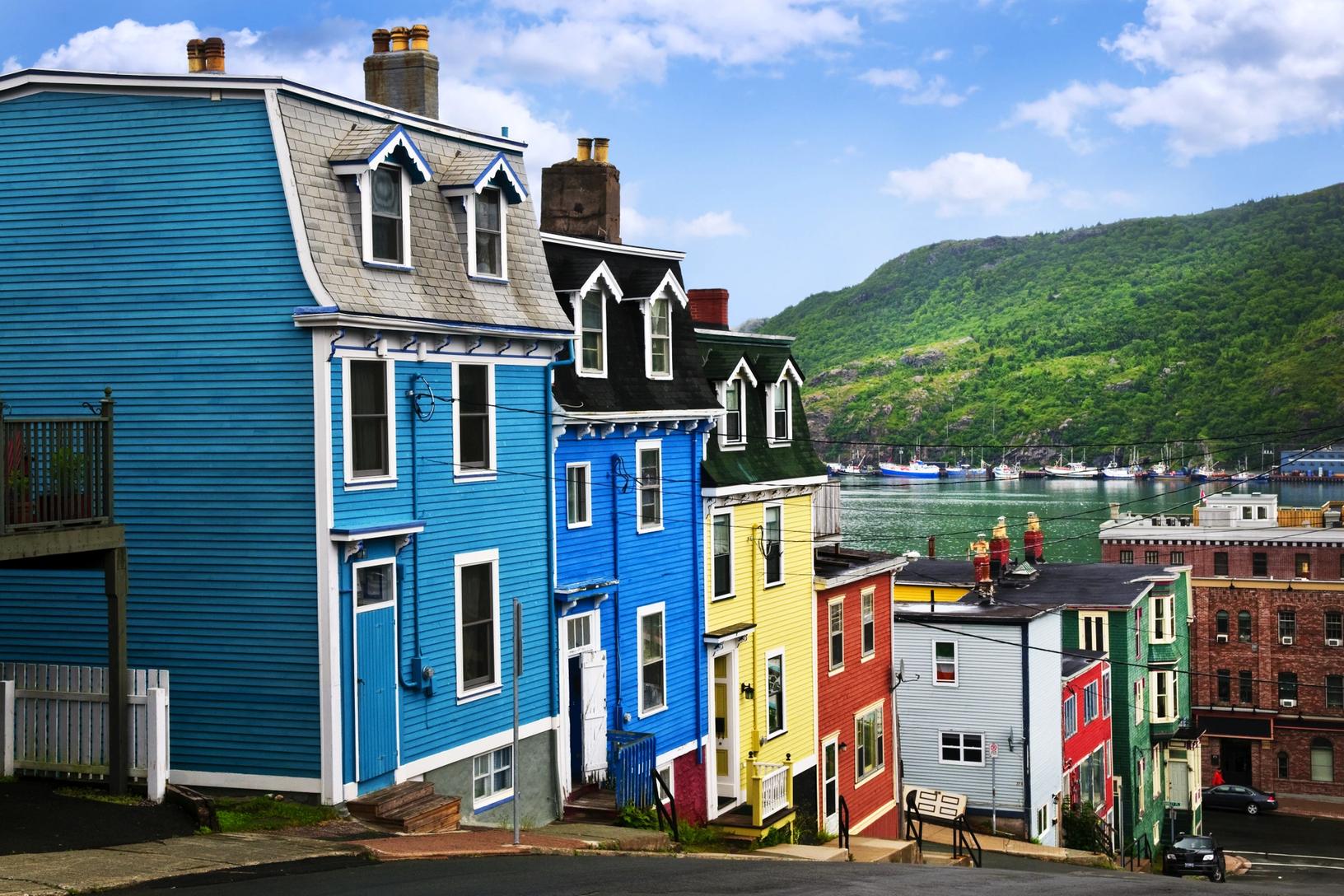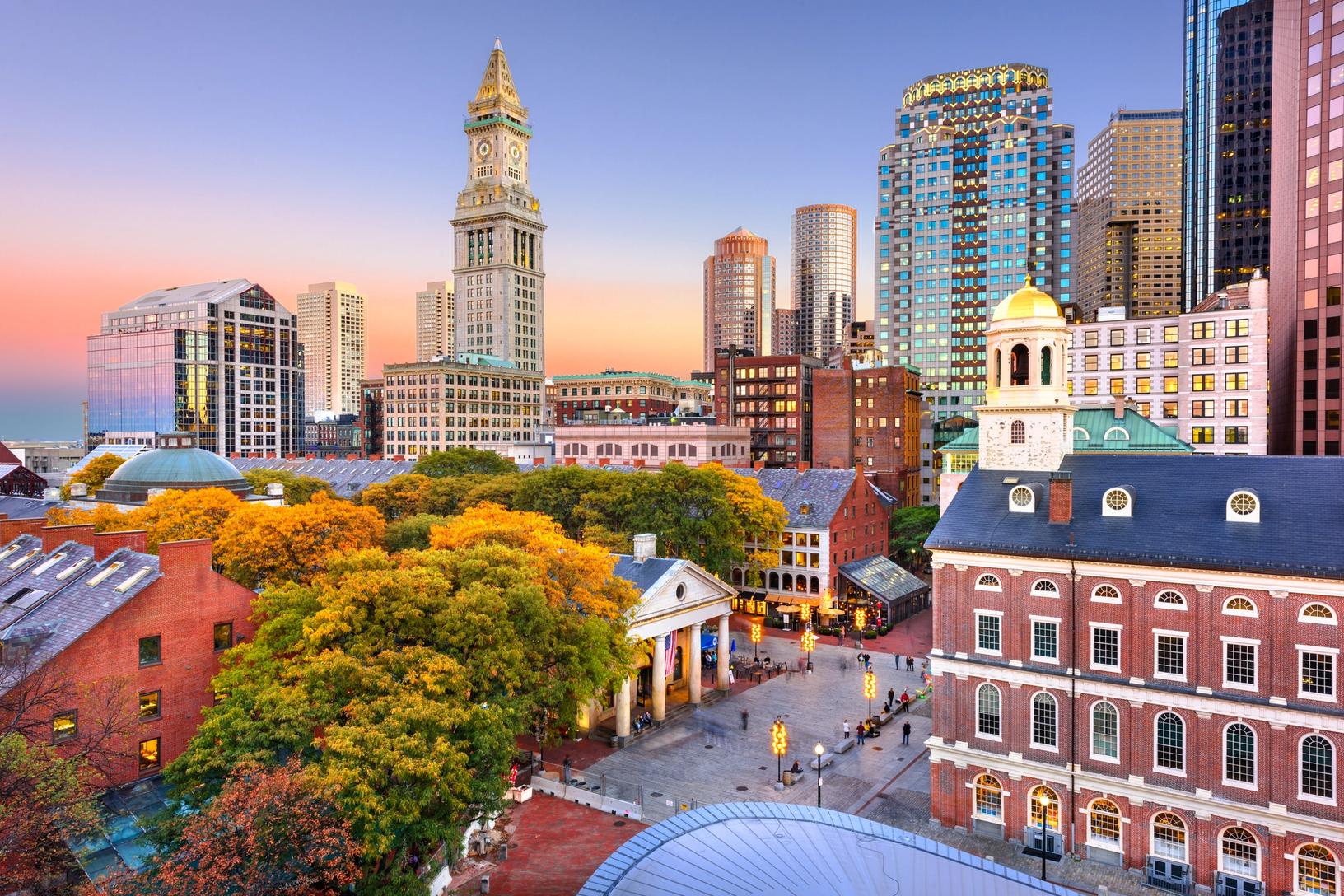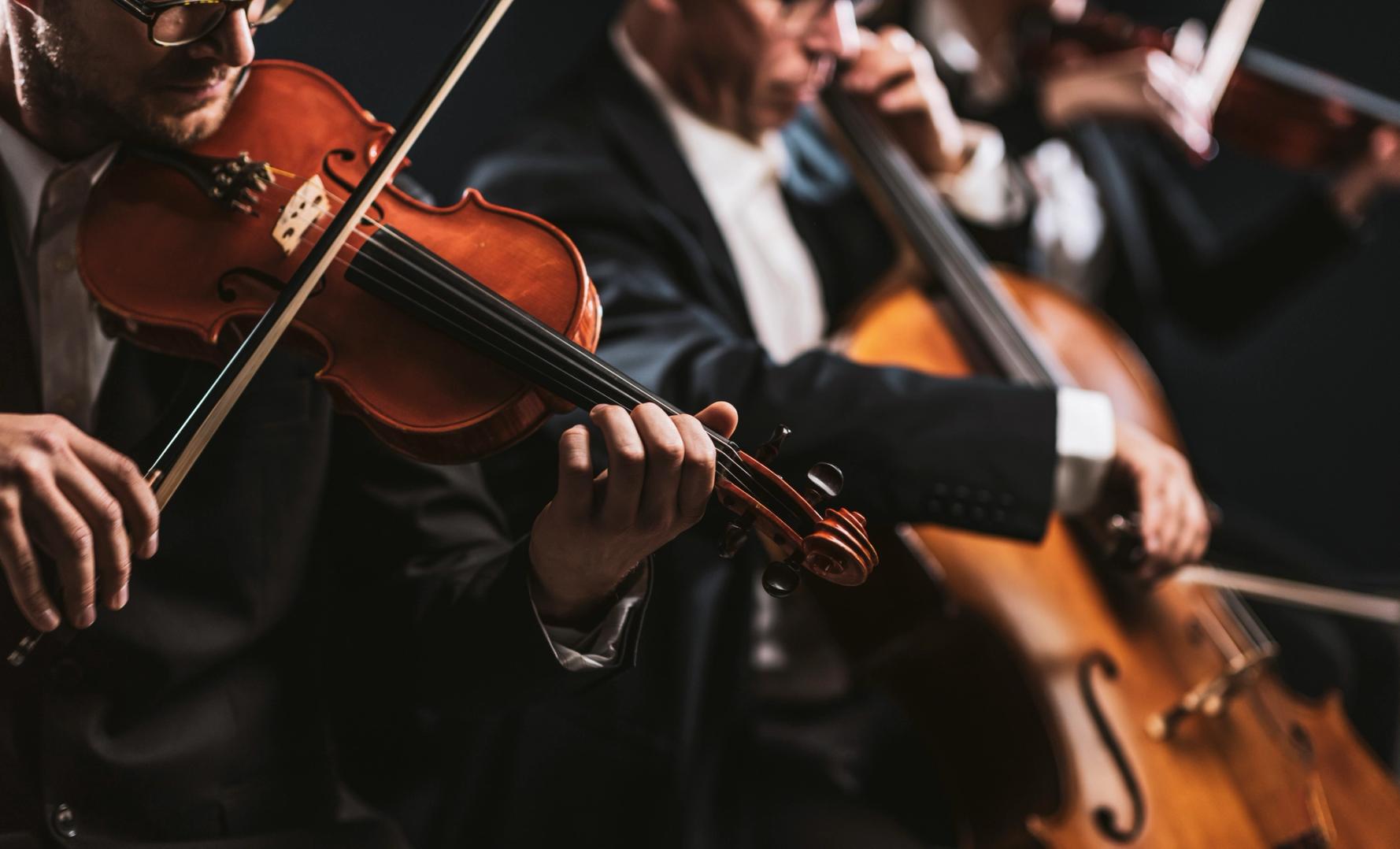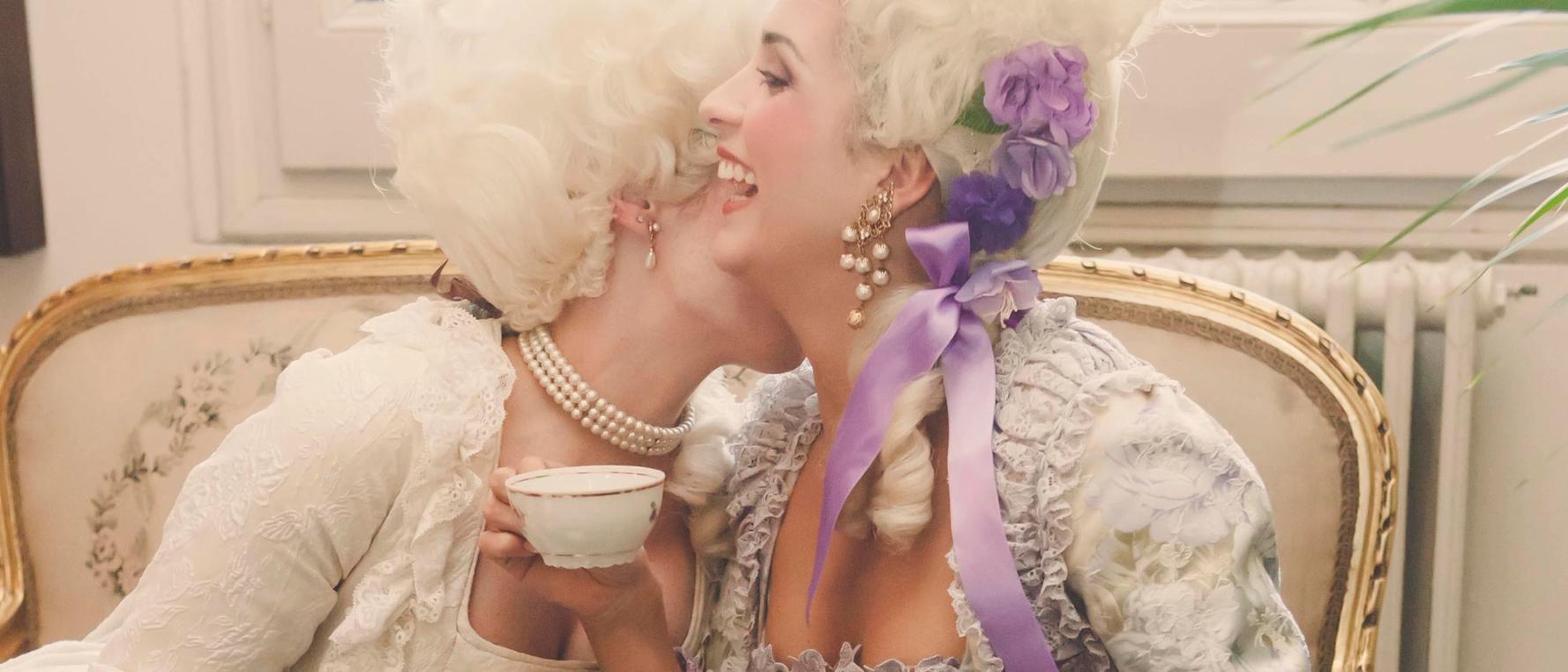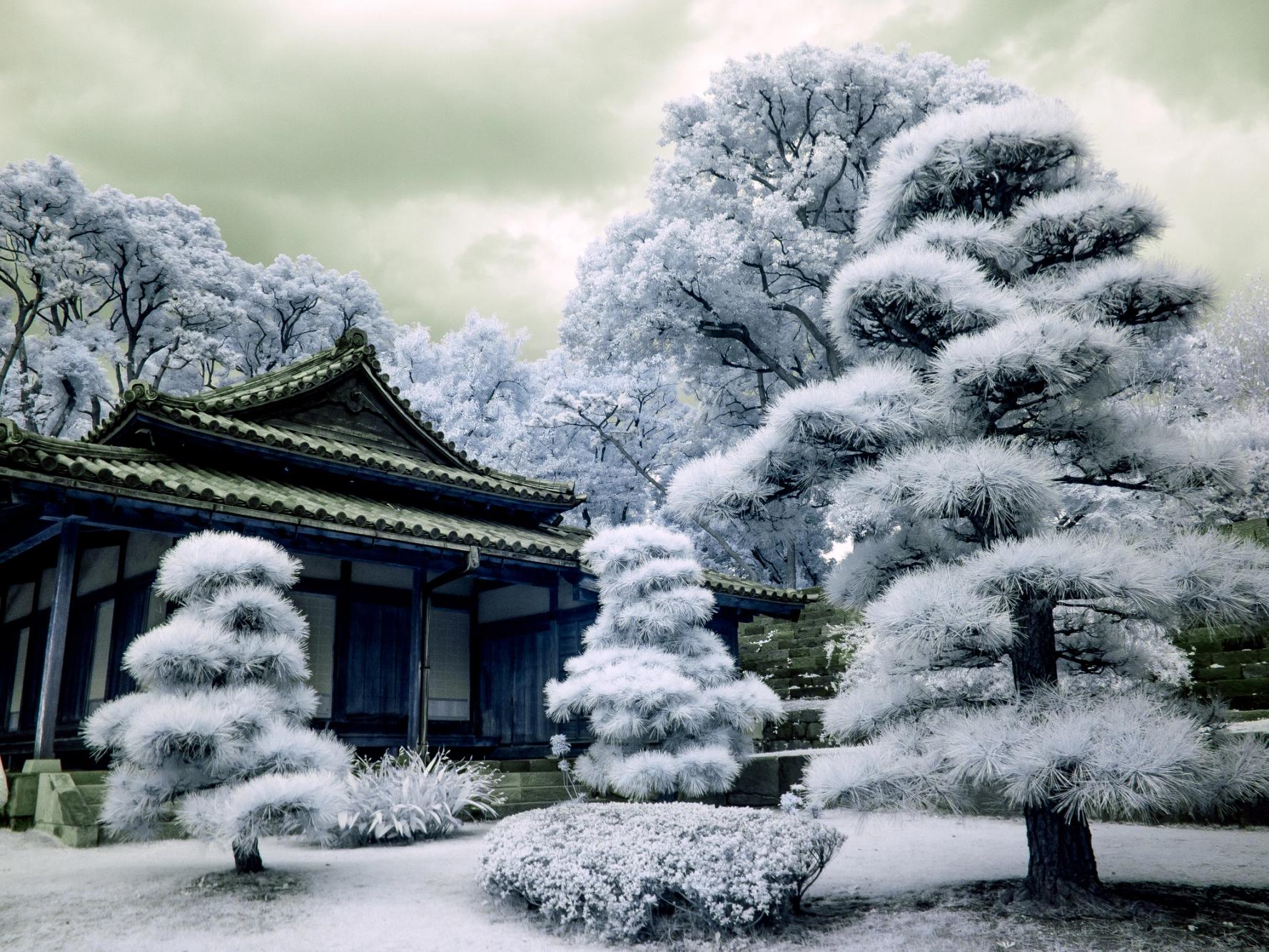
Category: Uncategorized
Photo of the Day – Wines of Cappadocia and Cave Hotels
Image
Volcanic mineral-rich soil makes this Turkey’s prime grape-growing region and supports many productive wineries.
Cappadocia is one of the world’s oldest wine industries stretching back to the Hittites. Archaelogical evidence proves that winemaking dates back to 1800 B.C. Classifications were created and wine was exported to Assyria and Sumeria.
Kocabag is considered a boutique local label. This is a family owned wine producer. In 1986, the first bottle of wine was available on the market . In today’s wine sector, Kopcabag is considered one of the top 5 wineries in Turkey. Now more than 700,000 bottles are produced each year. Some are now available on the market in USA.
Cappadocia is actually a region not a city. Our hotel, The Fresco Cave Suites and Mansions, is in the ancient district of Konaklari or Temenni Hill. The town is Urgup in Neveshir. Sounds complicated… but not if you’re from Turkey!
There are 17 cave-rooms at the Fresco. Each features original frecoes dating back to the 19th century of the Ottoman period. Ours’ was the Big Arch Cave Suite, which consists of magnificent arches and a cave bathroom. Unique patterns on are formed by the cooling down of volcanic ash that were layered, creating swirls like a painting by a master painter.
The terraces of the Fresco provide beautiful views of Erciyes Mountain in the distance. Erciyes, the tallest volcano in the region, was one of three ancient volcanos that erupted 9 – 3 million years ago. Today it is always covered with snow.
“The Museum” is a premier hotel in Cappadocia. We were not able to get a room. If you can – book ahead! It’s worth it!
Photo of the Day – Cave Dwelling and Underground Cities
Image
The first settlements were from the Roman times. Villagers carved cave-homes from the soft volcanic deposits.
Cappadocia became a religious refuge during the early days of Christianity. By the 4th century Christians were fleeing
persecution from Rome and later from Muslims. Monastic communities excavated many cave chapels and churches.
To escape persecution, first from the Romans and then the Muslims, they built underground cities which housed up to
10,000 people. The largest was 7 levels deep with enough food storage for 2 months.
These underground cities were surprisingly complex. Access to water wells, kitchens, veritical air ducts for ventilation,
a section for animals. Goreme Open-Air Museum, World Heritage Site, has the best collection from the 11th century.
Photo of the Day – Cappadocia’s Moon-Scaped Region
Image

Located in south central Turkey, Cappadocia is an hour flight from Istanbul. This unique landscape is worth the trip!
Volcanic eruptions created these surreal rock formations. The lava flowed to form “tuff-rock” which thousand of years
of rain and wind erosion sculpted into curvy cliff faces and pointy conical formations, know locally as “fairy chimneys.”
Ballooning is big business in the region. Floating high above this other-worldly landscape is an incredible sight!
Your hotel pick-up is 4:30am. Free coffee included… Up to 100 balloons can be in the air on any morning!
This was Sandy’s first hot-air balloon trip and John’s second. Both were really happy to be taking this trip!
There were 20 people in our basket including the pilot. All cameras were clicking. You wanted to catch everything!
Balloon rides are one hour long and early in the morning because of the temperature and wind. We loved every minute!
We had a soft landing in a field of flowers! Our “chase team” met us with a bottle of champagne to celebrate our great adventure!
Photo of the Day – James Bond and Inferno in Istanbul
Image
500 feet from the Hagia Sophia is the Basilica Cistern. This impressive sight has been used in the
filming of “From Russia with Love” and “Inferno” by Dan Brown (of the DaVinci Code).
This huge underground Roman water source is held up with 336 marble columns and can store
100,000 tons of water. It was built in the 4th century using recycled columns from Roman buildings.
The 1963 James Bond movie referred to the cistern as located under the Russian Consulate,
but it is no where near it in real life.
The book, INFERNO, is popular enough in Istanbul for a special tour by FEST Travel called
“In Search of Dan Brown’s Historic Peninsula.”
Roof Top Terraces and boutique hotels are most popular in old town of Istanbul.
Here is The Four Seasons in Sultanahmet’s A’Ya Lounge.
Photo of the Day – Hagia Sophia
Image
The Hagia Sophia was built in 537 as a Greek Orthodox, Byzantine Church.
From 1455 to 1931 it was converted to an Imperial Mosque and opened as a museum in 1935.
It’s full name in Greek is Shrine of the Holy Wisdom of God.
Hagia Sophia was beautifully decorated with mosaics in the centuries during the Byzantine period.
These mosaics depicted the Virgin Mary, Jesus, saints, emperors and empresses.
During the Ottoman occupation in 1453, mosaics were whitewashed or plastered when the Hagia Sophia was used as a mosque.
Many mosaics were removed and shipped to Venice. The earthquake of 1894 also destroyed some of the beautiful mosaics.
Shopping is part of your visit to Istanbul! Rugs, gold jewelry, ceramics and spices! At the bazaars and everywhere on the streets.
The Grand Bazaar had changed the most from our trip ten years ago. Today it’s light and clean, with only standard souvenirs.
Years ago it was a dark, mysterious place, filled with all things oriental. It was amazing! We wanted to buy everything we saw!
Today there are rugs, scarves, and every kind of souvenir. But we missed the dark corners, the intrique, and the special finds of the old days!
Photo of the Day – The Blue Mosque Istanbul, Turkey
Image
Built by Sultan Ahmet I from 1609 to 1616, it is still used as a Muslim Mosque today. It is closed 5 times a day for ezan, the daily prayers. The exact time of ezan changes each day due to the rotation around the sun. Islamic prayer times are not set by clocks but traditionally set according to the movement of the sun. Dawn, before the sun appears; at midday; afternoon; at dusk; when last light of day has disappeared.
The Blue Mosque was named because of the 20,000 Iznik blue tiles surrounding the walls of the interior. This mosque was designed by Mimar Sinan and was his masterpiece, one of the highest achievements of Islamic architecture. It’s minarettes and cascading domes dominate the skyline of Istanbul.
This close-up of the dome shows the Arabic writing of Islamic prayers and the traditonal blue designs of the Iznik tiles.
Photo of the Day – Istanblue Memories from 2002 and 2015
Image
2002 was our first visit to Istanbul with friends from Paris, Meri-Katherine and John Peed. Purchasing some Turkman rugs was on our agenda. When visiting the nearby Blue Mosque we ran across the rug store, Istanblue. The owner, Tuncay Gunc, was good enough to sell 4 rugs that day! He told us his story of wishing his son would go to college and not have to sell rugs for a living.
Today, 13 years later, Tuncay was amazed to find that John remembered that story. We were amazed that the story had such a happy ending! Tungay’s son is graduating with a Masters Degree in Architecture from Harvard University on May 28, 2015!!! The proud Dad is flying to his graduation in Boston!
We searched the Hippodrome area near the Blue Mosque, looking for the shop that we remembered from 2002 – something with a second floor, someplace that sold rugs. When John saw the name “Istanblue” he knew we had found that shop!!! A great surprise!!!
Tuncay gave a tour of the old shop with a new product focus – easy tourist products, no rugs. Mostly scarves and ceramics. We had great fun shopping with his help, of course! Sandy was in “scarf heaven” and John was in tourist shopping “mode”. We walked away with bags full.
Photo of the Day – Dolmabahce Palace, Istanbul, Turkey
Image
The Dolmabahce Palace is one of the most glamorous palaces in the world. It’s a blend of European architectural styles that became a symbol of Ottoman modernization. Commissioned by the Sultan Abdulmecid in 1843, it was completed in 1856.
Here’s John & Sandy greeting Ambassadors arriving on the Bosphorous.
This was our favorite place in Istanbul. Dolmabahce means filled-in garden. It’s very beautiful outside and inside!!!
Even in the 1850’s they had gated communities! Here is the entrance gate that Ambassadors from countries all over the world passed through.
The Ambassador’s Hall is where guests would first wait to be received.
The staircase is made of Baccarat crystal, brass, and mahogany. The Palace has the largest collection of Baccarat in the world.
Guests would be taken from the Ambassador’s Hall to the Reception Chamber though this beautiful passageway.
The designers of the Paris Opera, Sechan and Gadre, were brought to Istanbul to do the interiors of the Palace. These are the original decorations, furniture, silk carpets and curtains.
The Ballroom is 2,000 square meters with a huge silk and wool Hereke Carpet.
A 4.5 ton chandelier hangs from the 36 meter high dome. One of the largest in the world.
A smaller but more colorful chandelier was one of the many chandeliers in the palace.
The Harem contained the private rooms for the Sultan and his family, including his mother, wives and favorites, concubines and children.
Ataturk spent the last days of his life in the Palace as his health deteriorated. He died on November 10, 1938.
Photo of the Day – Rick’s Cafe in Casablanca
Image
Our last evening in Morocco was spent in Casablanca at Rick’s Cafe, the mythical saloon from the movie classic “Casablanca” staring Ingrid Bergman and Humphey Bogart.
Rick’s Cafe is set in an old courtyard mansion built against the walls of the Old Medina.
We arrived about 8:30 in the evening so the lighting and shadows on the front balcony, the entrace through heavy wooden and glass doors with palms on each side, and the greeting of the tuxedoed doorman made us feel we were in for a memorable evening.
Inside the piano bar and restaurant the legend of Rick’s Cafe in Casablance lives on.
This year is the 10th year anniversary of the 2004 opening of Rick’s Cafe.
Rick’s Cafe, the mythical saloon from the 1942 film “Casablanca” has finally been transformed from a Hollywood set captured on celluloid film to a real Rick’s Cafe in Casablanca thanks to the imagination and determination of an former American diplomat to Morocco, Kathy Kriger.
Kathy fills the role of Rick. She is present and oversees the nightly hustle and bustle in the restauant and piano bar.
We were fortunate to meet her. Kathy is a gracious hostess and spent time telling us how she recreated Rick’s Cafe.
She also gave us permission to use the professional photos. They are courtesy of The Usual Suspects S.A./Rick’s Cafe.
Please enjoy the photo journey that gives you the feeling as though you are in the film.
Kathy worked with an architect and designer to recreate Rick’s. It took two years to construct her dream.
The Grand Opening was February 29, 2004 to coincide with the Academy Awards 61 years after Casablanca won Best Picture.
It is s filled with architectural and decorative details reminiscent of the film: curved arches, a sculpted bar, balconies, balustrades as well as dramatic beaded and stenciled brass lighting and plants that cast luminous shadows on white walls.
Once you walk in you feel as though you are in the film.
Great attention to detail was taken to recreate the new Rick’s. Even the inlaid floor matches.
The glass beaded lamps cast ambient light on the carved plaster walls, Moroccan arched doorways, and windows.
The centerpoint of piano bar in the downstairs courtyard is this carved palm tree bar.
There is an authenic 1930’s Pleyel piano.
As you might suspect “As Time Goes By” is a frequest request to the in house pianist Issam Chabaa.
As in the movie, the music is a major part of any evening at Rick’s.
Upstairs there is even a roulette wheel which was a featured set for several gambling scenes.
There is an extra touch of nostalgia with the continuous playing of the original Casablanca in black and white.
We had good timing as we saw a scene of Ilsa and Sam at the Pleyel piano in the bar at Rick’s Cafe.
There is a good view of the piano bar from the upstairs balcony.
Upstairs at Rick’s is where the restaurant is located and most full meals are served.
It has the same design and feel as the piano bar below with Moroccan columns, archways, and carved wooden screens.
Since we were on our way to the airport for our flight home, we did not have time for full dinner.
Instead we headed straight to that famous bar to order an appetizer and a drink.
Downstairs in the piano bar area the light are turned down low in the evening.
With beaded lamps, brass stenciled Moroccan chandiers, and palms the shadows on the walls are just incredible.
All of these details give you the ambience the drama as the film.
You begin to think, ‘Gee, maybe this was really here in 1942.’
To learn and see more of how the Legend Lives On, click Rick’s Cafe.
